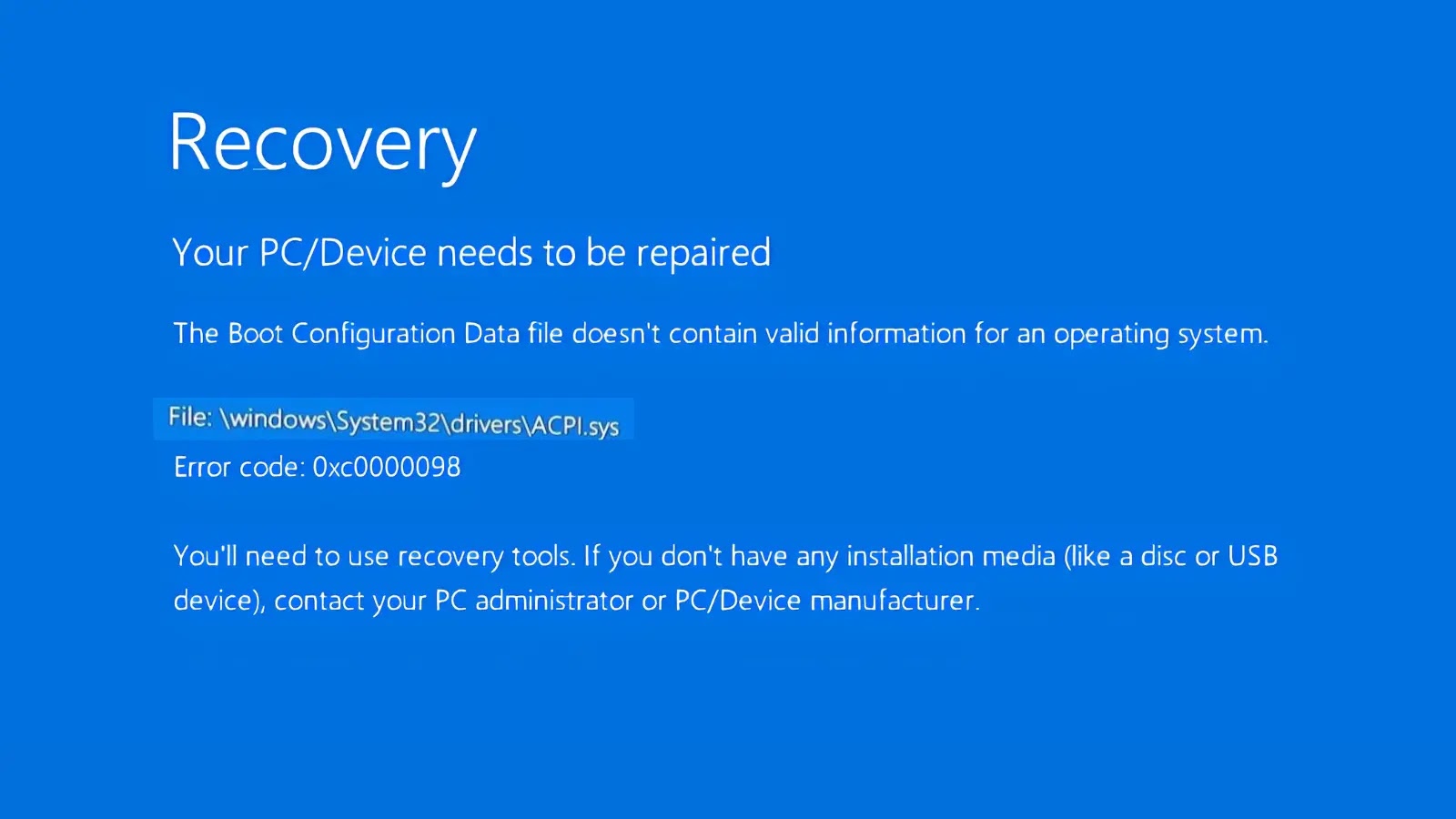In July 2025, Dell Technologies confirmed a security breach involving its Customer Solution Centers platform, orchestrated by the cyber extortion group known as World Leaks. This incident underscores the evolving tactics of cybercriminal organizations and highlights the importance of robust cybersecurity measures.
Incident Overview
The breach targeted Dell’s Customer Solution Centers, specialized environments designed to showcase Dell’s products and conduct proof-of-concept testing for commercial clients. These centers operate independently from Dell’s main networks and customer systems, ensuring that any compromise within these environments does not directly impact customer data or core operations.
Dell’s security protocols include strict network segmentation and isolation layers, which played a crucial role in containing the breach. The company emphasized that the compromised platform primarily contained synthetic test data and publicly available datasets used solely for demonstration purposes. The only legitimate data accessed was an outdated contact list with minimal operational significance.
The World Leaks Group
World Leaks is a rebranded version of the former Hunters International ransomware operation. In January 2025, the group shifted its focus from traditional ransomware attacks to data extortion, citing reduced profitability and increased risks associated with ransomware deployment. Since this transformation, World Leaks has published stolen data from 49 organizations on their leak site, though Dell has not been listed at the time of reporting.
The group employs custom-developed data exfiltration tools designed for large-scale data harvesting operations. Intelligence analysis reveals that World Leaks affiliates have also been linked to recent exploitation campaigns targeting end-of-life SonicWall SMA 100 devices, where attackers deployed a sophisticated rootkit known as OVERSTEP.
Dell’s Response and Security Measures
Upon discovering the breach, Dell promptly implemented its incident response procedures, applied containment measures, and initiated a thorough investigation supported by external forensic specialists. The company also notified law enforcement authorities to assist in the investigation.
Dell’s security architecture includes multiple isolation layers and warning systems that explicitly prohibit customers from uploading sensitive or proprietary data to the demonstration environment. This design ensures that even in the event of a breach, customer data and operational systems remain unaffected.
Implications and Lessons Learned
While Dell maintains that there is no significant risk to customers due to the limited nature of the data involved, this incident serves as a reminder of the persistent threats posed by cybercriminal organizations. It highlights the importance of robust cybersecurity measures, including network segmentation, data isolation, and continuous monitoring.
Organizations are encouraged to adopt a proactive approach to cybersecurity, regularly updating and testing their security protocols to defend against evolving threats. Transparency and prompt communication with stakeholders are also crucial in maintaining trust and mitigating potential reputational damage in the event of a security incident.



